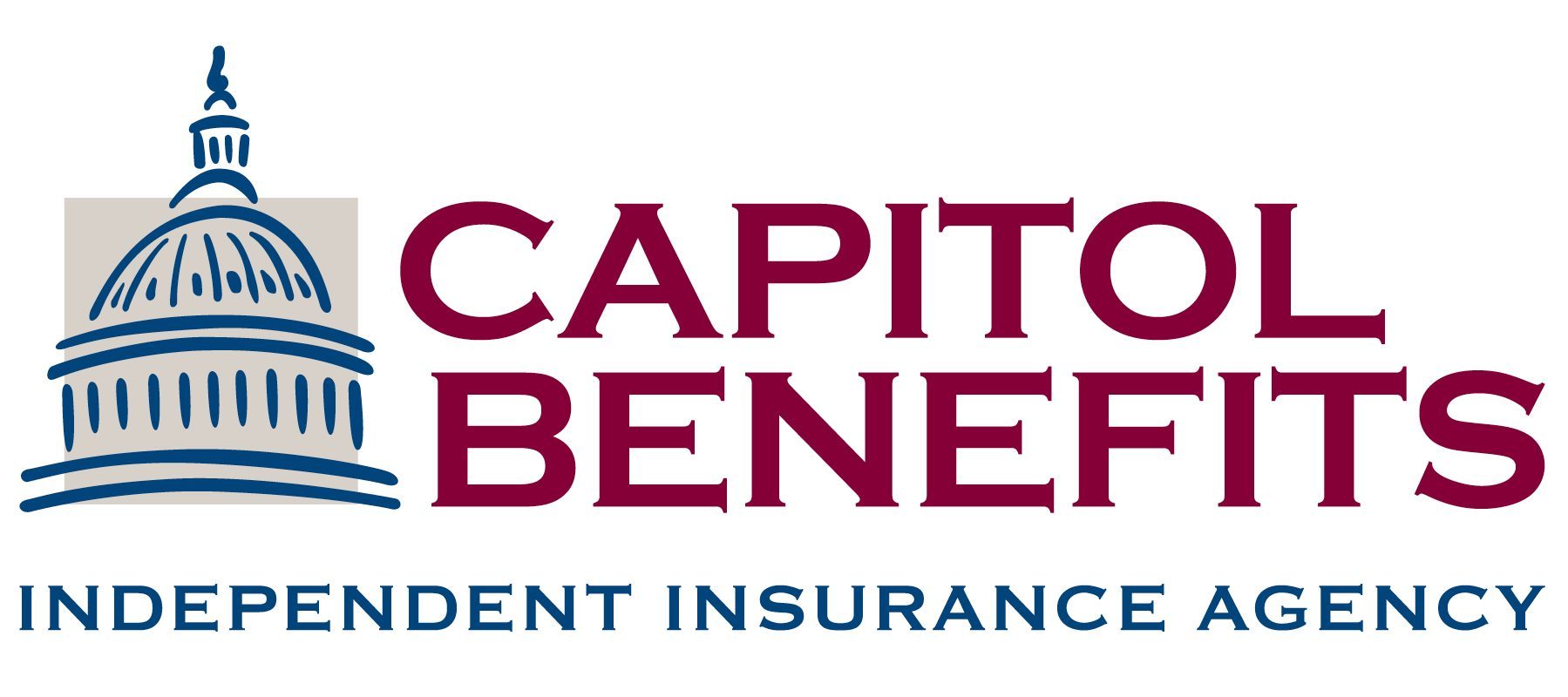Understanding and effectively managing employee benefits is crucial for employers aiming to attract, retain, and motivate a talented workforce. Decoding the complexities of employee benefits can be challenging, but it is an essential investment in your company’s success. This comprehensive guide provides employers with valuable insights into the intricacies of employee benefits, offering practical strategies for designing and implementing a robust benefits program.
The Basics of Employee Benefits
- Define Employee Benefits: Explore the various components that constitute employee benefits, including health insurance, retirement plans, paid time off, and more.
- Legal Considerations: Navigate the regulatory landscape, ensuring compliance with relevant laws such as the Affordable Care Act (ACA) and the Employee Retirement Income Security Act (ERISA).
Crafting an Effective Benefits Strategy
- Assessing Employee Needs: Conduct surveys and gather feedback to understand the unique needs and preferences of your workforce.
- Competitive Benchmarking: Compare your benefits package with industry standards to ensure competitiveness in the talent market.
Health and Wellness Programs
- Health Insurance Options: Evaluate different health insurance plans, including HMOs, PPOs, and high-deductible health plans (HDHPs). At Capitol Benefits, our carriers such as CareFirst BlueCross BlueShield, United Healthcare, Aetna, Kaiser Permanente, and Humana, all work diligently to find your employees the right coverage.
- Wellness Initiatives: Implement wellness programs to promote employee health and reduce long-term healthcare costs.
Retirement and Financial Benefits
- Retirement Plan Options: Explore 401(k), pension plans, and other retirement savings options, emphasizing the importance of employer contributions.
- Financial Education: Provide resources to help employees make informed financial decisions and plan for their future.
Flexible Work Arrangements and Work-Life Balance
- Flexible Scheduling: Understand the benefits of flexible work hours and remote work arrangements for employee satisfaction and productivity.
- Paid Time Off: Develop a comprehensive paid time off policy that aligns with employee needs and industry standards.
Communication and Employee Engagement
- Transparent Communication: Effectively communicate benefits information to employees through clear, accessible channels.
- Employee Education: Conduct regular workshops and training sessions to ensure employees understand the full scope of their benefits.
Decoding employee benefits is an ongoing process that requires a proactive and employee-centric approach. By prioritizing a comprehensive benefits strategy, employers can enhance employee satisfaction, improve retention rates, and ultimately contribute to the overall success of their organization. This guide serves as a roadmap for employers seeking to navigate the intricacies of employee benefits and build a workplace culture that prioritizes the well-being of their most valuable asset—their employees.


